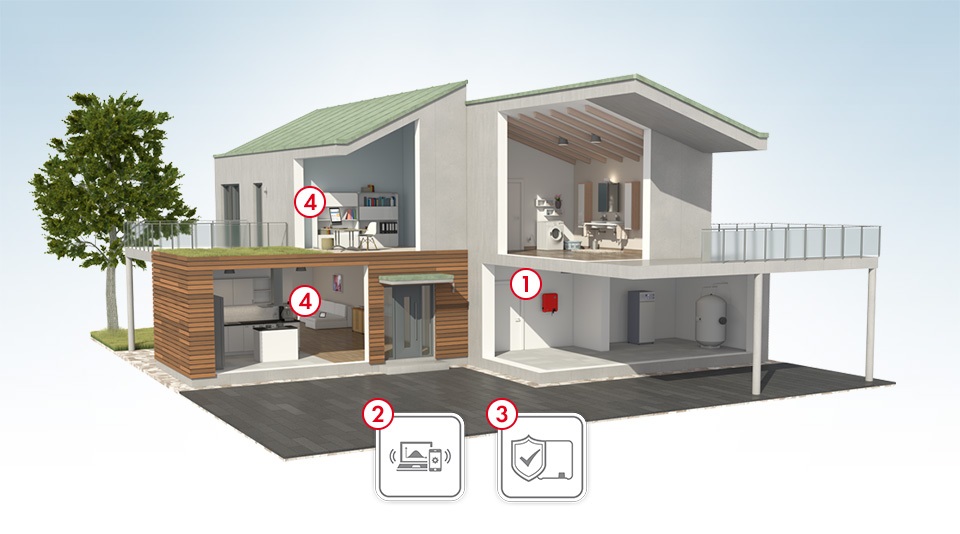Home energy storage – the Tesla Powerwall Vs. The Pika Energy Island

Considering switching to home energy storage? You’re not alone; about two-thirds of homeowners and businesses shopping for solar are also in the market for home battery storage, say recent consumer reports.
Interest is growing in this new technology that makes it possible to store excess generated solar energy, rather than sending it back to the grid. Let’s take a look at two popular competitors in the home energy storage market: the Tesla Powerwall and the Pika Energy Island.
Tesla Powerwall
Let’s start with the elephant in the room: Tesla has name recognition, thanks in large part to its early introduction of battery storage systems to residential consumers in 2015. Since then, the company has garnered serious media attention.
The Tesla Powerwall offers essentially the same lithium ion battery technology that’s used to power its cars. Batteries have a 13.5-kilowatt capacity, which can power basic appliances for about 24 hours. Powerwall offers up to 5 kw of maximum continuous power.
It comes with an integrated converter, and a 10-year warranty that guarantees 70 percent capacity.
The starting cost for a Powerwall is around $6,700, with installation costs and required hardware adding up to a few thousand more.
Despite Tesla’s name recognition, it’s definitely not the only option out there. Let’s look at a major competitor, the Pika Energy Island.
Pika Energy Island
Maine-based Pika energy offers a versatile alternative in home energy storage. The Pika Energy Island is a flexible system that pairs a Harbor Smart lithium ion battery with a REbus 380 VDC inverter.
Designed to be work with a solar panel system, the Energy Island provides both on-site generation storage, backup power, and grid services.
Pika offers a higher capacity battery than Tesla, with up to 17.1 kilowatts of useable energy; the inverter can handle up to 60 kw, allowing consumers to install multiple batteries and improve home storage capacity.
In addition, Pika offers 6.7 kw of maximum continuous power and 93 percent roundtrip efficiency, beating out other competitors.
But it’s the extra features that really stand out. Pika’s unique capabilities include full off-grid capability, a “zero export” mode to save energy, and a “demand charge management mode” to enhance peak avoidance capability. Plus, it’s got a 10-year warranty that can be extended up to 20 years.
Installed price points for Pika Energy Island and Tesla Powerwall are comparable. However, Pika’s system doesn’t require additional hardware, as it’s all integrated with a drop-in style installation.
Carefully researching product features will help consumers find the right option for their home energy storage needs.








